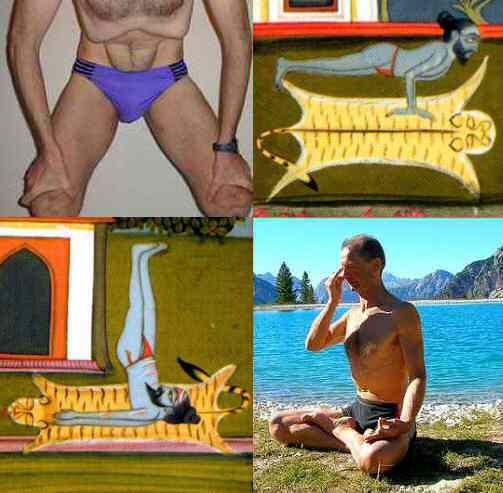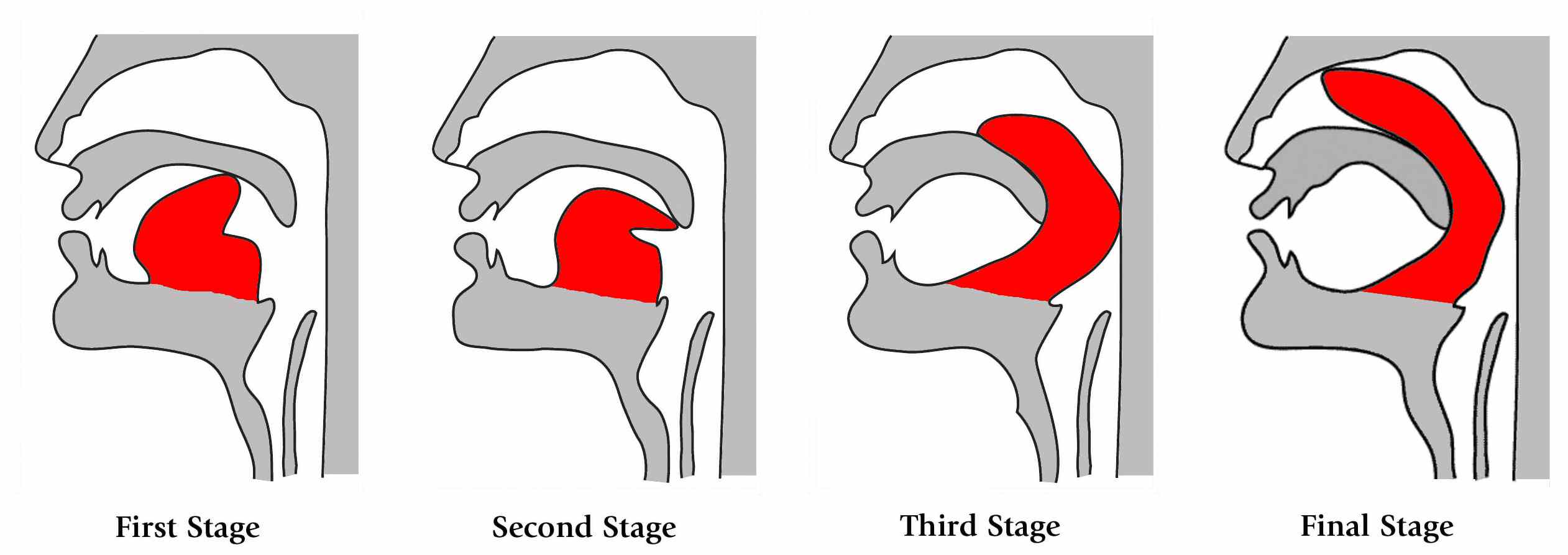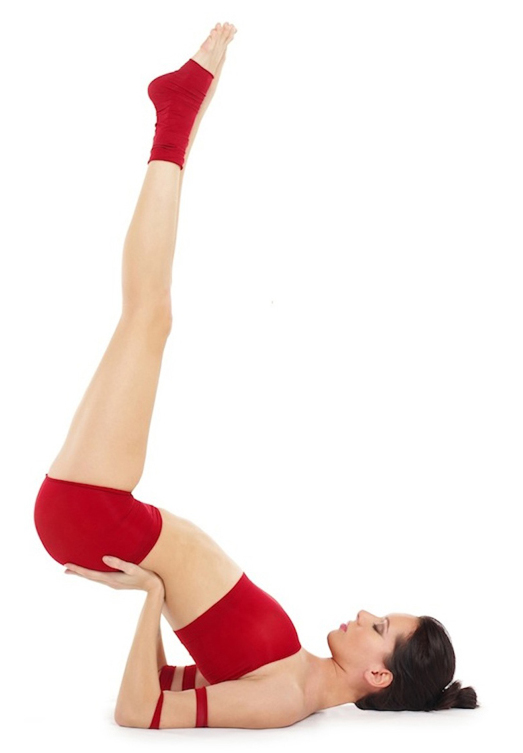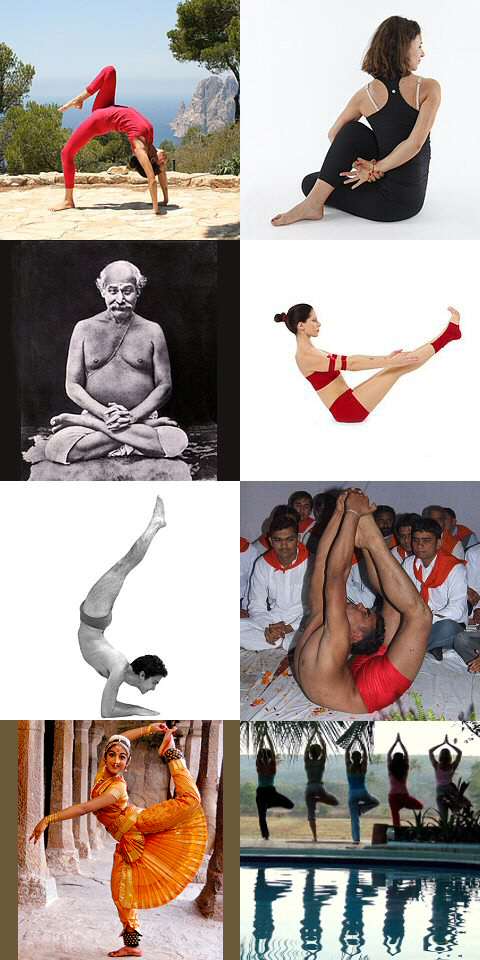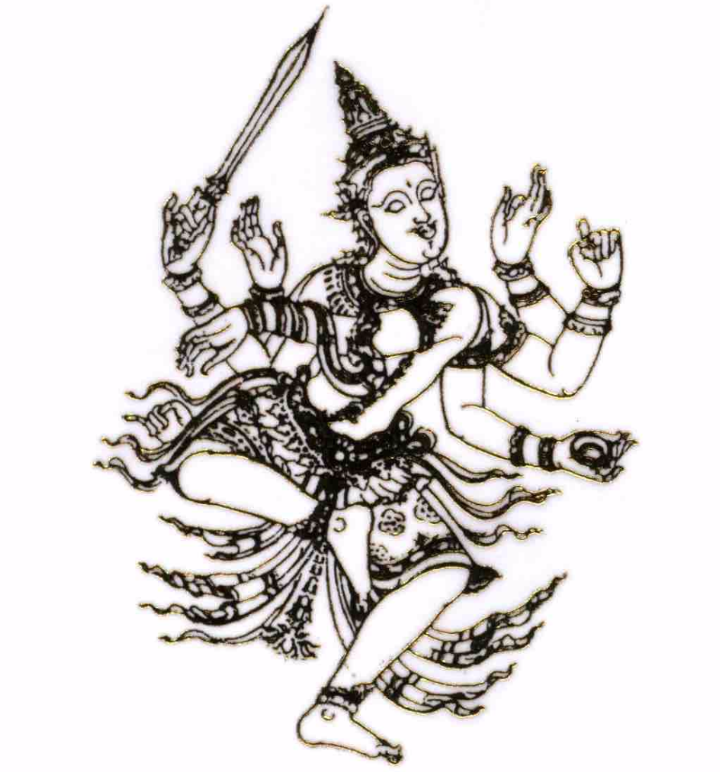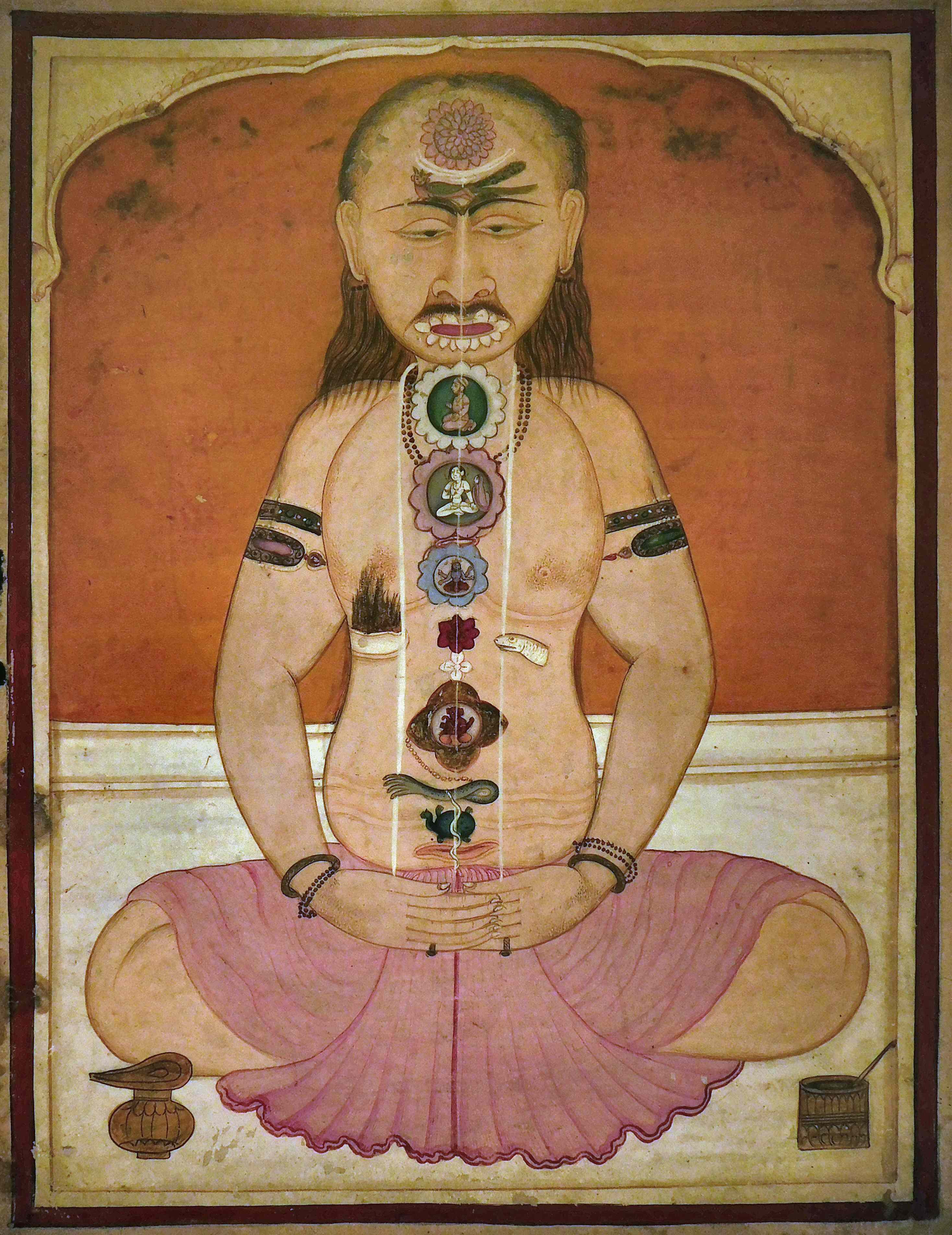|
Mudras
A mudra (; , , "seal", "mark", or "gesture"; ) is a symbolic or ritual gesture or pose in Hinduism, Jainism and Buddhism. While some mudras involve the entire body, most are performed with the hands and fingers. As well as being spiritual gestures employed in the iconography and spiritual practice of Indian religions, mudras have meaning in many forms of Indian dance, and yoga. The range of mudras used in each field (and religion) differs, but with some overlap. In addition, many of the Buddhist mudras are used outside South Asia, and have developed different local forms elsewhere. In hatha yoga, mudras are used in conjunction with pranayama (yogic breathing exercises), generally while in a seated posture, to stimulate different parts of the body involved with breathing and to affect the flow of prana. It is also associated with bindu (symbol), bindu, bodhicitta, amrita, or consciousness in the body. Unlike older tantric mudras, hatha yogic mudras are generally internal acti ... [...More Info...] [...Related Items...] OR: [Wikipedia] [Google] [Baidu] |
Hatha Yoga
Hatha yoga (; Sanskrit हठयोग, International Alphabet of Sanskrit Transliteration, IAST: ''haṭhayoga'') is a branch of yoga that uses physical techniques to try to preserve and channel vital force or energy. The Sanskrit word हठ ''haṭha'' literally means "force", alluding to a system of physical techniques. Some hatha yoga style techniques can be traced back at least to the 1st-century CE, in texts such as the Hindu Itihasa, Sanskrit epics and Buddhism's Pali canon. The oldest dated text so far found to describe hatha yoga, the 11th-century ''Amritasiddhi, Amṛtasiddhi'', comes from a Tantra, tantric Buddhist milieu. The oldest texts to use the terminology of ''hatha'' are also Vajrayana Buddhist. Hindu hatha yoga texts appear from the 11th century onward. Some of the early hatha yoga texts (11th-13th c.) describe methods to raise and conserve bindu (vital force, that is, semen, and in women ''rajas –'' menstrual fluid). This was seen as the physical esse ... [...More Info...] [...Related Items...] OR: [Wikipedia] [Google] [Baidu] |
Khecarī Mudrā
' (Sanskrit, खेचरी मुद्रा) is a hatha yoga practice carried out by curling the tip of the tongue back into the mouth until it reaches above the soft palate and into the nasal cavity. The tongue is made long enough to do this with many months of daily tongue stretching and, in some versions of the practice, by gradually severing the frenulum of the tongue with a sharp implement over a period of months. The goal is to attain liberation in the body, by sealing in the energy of '' bindu'' in the head so that it is not lost. Context Haṭha yoga is a branch of the largely spiritual practice of yoga, though it makes use of physical techniques; it was developed in medieval times, much later than the meditative and devotional forms of yoga. Its goals however are similar: ''siddhis'' or magical powers, and '' mukti'', liberation. In Haṭha yoga, liberation was often supposed to be attainable in the body, made immortal through the practices of Haṭha yoga. Amo ... [...More Info...] [...Related Items...] OR: [Wikipedia] [Google] [Baidu] |
Vajroli Mudra
''Vajroli mudra'' (Sanskrit: वज्रोली मुद्रा ''vajrolī mudrā''), the Vajroli Seal, is a practice in Hatha yoga which requires the yogi to preserve his semen, either by learning not to release it, or if released by drawing it up through his urethra from the vagina of "a woman devoted to the practice of yoga". The mudra was described as "obscene" by the translator Rai Bahadur Srisa Chandra Vasu, and as "obscure and repugnant" by another translator, Hans-Ulrich Rieker. The mudra is rarely practised in modern times. It was covered in the 1900s by the American sexologist Ida C. Craddock, the resulting legal proceedings against her leading to her imprisonment and suicide. The explorer Theos Bernard learnt and illustrated the posture associated with the mudra. The pioneer of modern yoga, Krishnamacharya, gives impractical instructions for the mudra, demonstrating in Norman Sjoman's opinion that he had never tried the practice. Context Hatha yoga is ... [...More Info...] [...Related Items...] OR: [Wikipedia] [Google] [Baidu] |
Viparita Karani
Viparita Karani (; ) or legs up the wall pose is both an asana and a mudra in hatha yoga. In modern yoga as exercise, it is commonly a fully supported pose using a wall and sometimes a pile of blankets, where it is considered a restful practice. As a mudra it was practised using any preferred inversion, such as a headstand or shoulderstand. The purpose of the mudra was to reverse the downward flow of vital fluid being lost from the head, using gravity. Etymology and origins The name comes from the Sanskrit words , "inverted" or "reversed", and , "a particular type of practice". The practice is described in the 13th century '' Vivekamārtaṇḍa'' (verses 103–131) as a means of yogic withdrawal, pratyahara. The pose was practised from the 17th century onwards in hatha yoga under names such as Narakasana, Kapalasana and Viparitakaranasana; its purpose as a mudra was to reverse the downflow and loss of the life-giving substance ( Bindu) through the use of gravity. In the ea ... [...More Info...] [...Related Items...] OR: [Wikipedia] [Google] [Baidu] |
Mula Bandha
A bandha () is a kriyā in Hatha Yoga, being a kind of internal mudra described as a "body lock," to lock the vital energy into the body. ''Bandha'' literally means bond, fetter, or "catching hold of".Iyengar, 1976: pp.435–437Iyengar, 1976: p.525 ''Maha Bandha'' Mahā Bandha ("the great lock") combines all the other three bandhas, namely: * Mula Bandha, contraction of the perineum * Uddiyana bandha, contraction of the abdomen into the rib cage * Jalandhara Bandha, tucking the chin close to the chest In Ashtanga Yoga, these three Bandhas are considered to be one of the three key principles of yoga practice. ''Mula bandha'' ''Mūla bandha'' is a primary ''bandha'' in traditional yoga. The earliest textual mention of ''mūla bandha'' is in the 12th century Shaiva Natha text '' Gorakṣaśataka'' which defines it as a yogic technique to achieve mastery of breath and to awaken the goddess Kuṇḍalinī. Etymology Mula Bandha (Sanskrit: मूल बंध) is from ''Mūla'' ... [...More Info...] [...Related Items...] OR: [Wikipedia] [Google] [Baidu] |
Shiva As The Lord Of Dance LACMA
Shiva (; , ), also known as Mahadeva (; , , ɐɦaːd̪eːʋɐh and Hara, is one of the principal deities of Hinduism. He is the Supreme Being in Shaivism, one of the major traditions within Hinduism. Shiva is known as ''The Destroyer'' within the Trimurti, the Hindu trinity which also includes Brahma and Vishnu. In the Shaivite tradition, Shiva is the Supreme Lord who creates, protects and transforms the universe. In the goddess-oriented Shakta tradition, the Supreme Goddess (Devi) is regarded as the energy and creative power (Shakti) and the equal complementary partner of Shiva. Shiva is one of the five equivalent deities in Panchayatana puja of the Smarta Tradition, Smarta tradition of Hinduism. Shiva has many aspects, benevolent as well as fearsome. In benevolent aspects, he is depicted as an Omniscience, omniscient yogi who lives an Asceticism#Hinduism, ascetic life on Kailasa as well as a householder with his wife Parvati and his two children, Ganesha and Kartik ... [...More Info...] [...Related Items...] OR: [Wikipedia] [Google] [Baidu] |
Bodhicitta
In Mahayana Buddhism, bodhicitta ("aspiration to enlightenment" or "the thought of awakening") is the mind ( citta) that is aimed at awakening (bodhi) through wisdom and compassion for the benefit of all sentient beings.Dayal, Har (1970). ''The Bodhisattva Doctrine in Buddhist Sanskrit Literature'', p. 59. Motilal Banarsidass Publ.Buswell, Robert E; Lopez, Donald S. The Princeton Dictionary of Buddhism, p. 130. Princeton University Press, Nov 24, 2013. Bodhicitta is the defining quality of the Mahayana bodhisattva (a being striving towards Buddhahood) and the act of giving rise to bodhicitta (''bodhicittotpāda)'' is what makes a bodhisattva a bodhisattva. Bodhicitta is the generative cause of a bodhisattva's eventual Buddhahood. The '' Daśabhūmika Sūtra'' explains that the arising of bodhicitta is the first step in the bodhisattva's career. Etymology Etymologically, the word is a combination of the Sanskrit words bodhi and citta. ''Bodhi'' means "awakening" or "enlighten ... [...More Info...] [...Related Items...] OR: [Wikipedia] [Google] [Baidu] |
Asana
An āsana (Sanskrit: आसन) is a body posture, originally and still a general term for a sitting meditation pose,Verse 46, chapter II, "Patanjali Yoga sutras" by Swami Prabhavananda, published by the Sri Ramakrishna Math p. 111 and later extended in hatha yoga and modern yoga as exercise, to any type of position, adding reclining, standing, inverted, twisting, and balancing poses. The ''Yoga Sutras of Patanjali'' define "asana" as " position thatis steady and comfortable". Patanjali mentions the ability to sit for extended periods as one of the eight limbs of his system. Patanjali '' Yoga sutras'', Book II:29, 46 Asanas are also called yoga poses or yoga postures in English. The 10th or 11th century '' Goraksha Sataka'' and the 15th century '' Hatha Yoga Pradipika'' identify 84 asanas; the 17th century '' Hatha Ratnavali'' provides a different list of 84 asanas, describing some of them. In the 20th century, Indian nationalism favoured physical culture in response t ... [...More Info...] [...Related Items...] OR: [Wikipedia] [Google] [Baidu] |
Natya Shastra
The ''Nāṭya Shāstra'' (, ''Nāṭyaśāstra'') is a Sanskrit treatise on the performing arts. The text is attributed to sage Bharata, and its first complete compilation is dated to between 200 BCE and 200 CE, but estimates vary between 500 BCE and 500 CE. The text consists of 36 chapters with a cumulative total of 6,000 poetic verses describing performance arts. The subjects covered by the treatise include dramatic composition, structure of a play and the construction of a stage to host it, genres of acting, body movements, make up and costumes, role and goals of an art director, the musical scales, musical instruments and the integration of music with art performance. The ''Nāṭya Śāstra'' is notable as an ancient encyclopedic treatise on the arts, one which has influenced dance, music and literary traditions in India. It is also notable for its aesthetic "Rasa" theory, which asserts that entertainment is a desired effect of performance arts but not t ... [...More Info...] [...Related Items...] OR: [Wikipedia] [Google] [Baidu] |
Indian Subcontinent
The Indian subcontinent is a physiographic region of Asia below the Himalayas which projects into the Indian Ocean between the Bay of Bengal to the east and the Arabian Sea to the west. It is now divided between Bangladesh, India, and Pakistan. (subscription required) Although the terms "Indian subcontinent" and "South Asia" are often also used interchangeably to denote a wider region which includes, in addition, Bhutan, the Maldives, Nepal and Sri Lanka, the "Indian subcontinent" is more of a geophysical term, whereas "South Asia" is more geopolitical. "South Asia" frequently also includes Afghanistan, which is not considered part of the subcontinent even in extended usage.Jim Norwine & Alfonso González, ''The Third World: states of mind and being'', pages 209, Taylor & Francis, 1988, Quote: ""The term "South Asia" also signifies the Indian Subcontinent""Raj S. Bhopal, ''Ethnicity, race, and health in multicultural societies'', pages 33, Oxford University Press, 2007, ; Q ... [...More Info...] [...Related Items...] OR: [Wikipedia] [Google] [Baidu] |
Buddhist Art
Buddhist art is visual art produced in the context of Buddhism. It includes Buddha in art, depictions of Gautama Buddha and other Buddhas and bodhisattvas in art, Buddhas and bodhisattvas, notable Buddhist figures both historical and mythical, narrative scenes from their lives, mandalas, and physical objects associated with Buddhist practice, such as vajras, bells, stupas and Buddhist architecture, Buddhist temple architecture. Buddhist art originated in the north of the Indian subcontinent, in modern India, Pakistan and Afghanistan, with the earliest survivals dating from a few centuries after the historical life of Gautama Buddha, Siddhartha Gautama from the 6th to 5th century BCE. As Buddhism spread and evolved in each new host country, Buddhist art followed in its footsteps. It developed to the north through Central Asia and into Eastern Asia to form the Northern branch of Buddhist art, and to the east as far as Southeast Asia to form the Southern branch of Buddhist art. In ... [...More Info...] [...Related Items...] OR: [Wikipedia] [Google] [Baidu] |
Hatha Yoga Pradipika
The ''Haṭha Yoga Pradīpikā'' ( or Light on Hatha Yoga) is a classic fifteenth-century Sanskrit manual on haṭha yoga, written by Svātmārāma, who connects the teaching's lineage to Matsyendranath of the Nathas. It is among the most influential surviving texts on haṭha yoga, being one of the three classic texts alongside the ''Gheranda Samhita'' and the ''Shiva Samhita''. More recently, eight works of early hatha yoga that may have contributed to the ''Hatha Yoga Pradipika'' have been identified. Title and composition Different manuscripts offer different titles for the text, including ''Haṭhayogapradīpikā'', ''Haṭhapradīpikā'', ''Haṭhapradī'', and ''Hath-Pradipika''. It was composed by Svātmārāma in the 15th century as a compilation of the earlier haṭha yoga texts. Svātmārāma incorporates older Sanskrit concepts into his synthesis. He introduces his system as a preparatory stage for physical purification before higher meditation or Raja Yoga. S ... [...More Info...] [...Related Items...] OR: [Wikipedia] [Google] [Baidu] |

